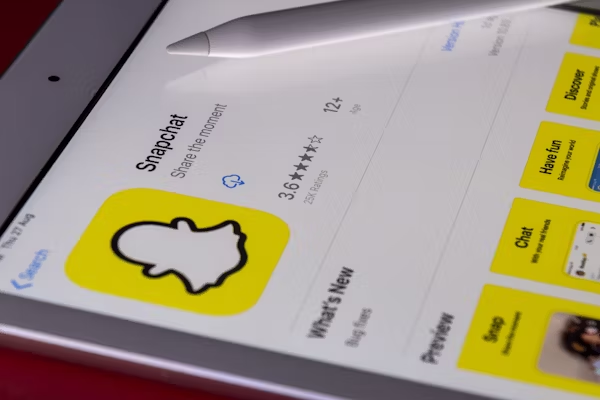“Half of my life is on this app and now they expect us to pay for it.” That one line reflects the anger spreading among Snapchat users after the company confirmed plans to charge for storing older photos and videos. What was once a free archive of memories now comes with a price tag — and users are furious.
Paying to remember the past
Snap, the parent company of Snapchat, announced in September that users who store more than five gigabytes of Memories will soon need to pay. For many, these saved snaps act as digital diaries filled with childhood moments, friendships, and milestones. Critics have flooded app stores and social media, accusing Snap of “corporate greed” and “selling nostalgia.”
Snap said the change mirrors Apple’s and Google’s paid storage models. The company also advised users to download their Memories directly to their devices if they wish to avoid paying — though some have tens of gigabytes of data to manage.
A company spokesperson said only a small number of users would be affected. They admitted that “it’s never easy to move from free to paid services” but claimed the change would be “worth it.” Many users, however, feel betrayed.
Users rally against the ‘memory tax’
A growing online petition has labelled the new charge a “memory tax.” Commenters called it “dystopian,” “ridiculous,” and “unethical.” Some even vowed to delete their accounts in protest.
On Google Play, user Natacha Jonsson left a one-star review. “If I know millennials right, most of us have years of memories on Snapchat,” she wrote. “And most of us only kept the app for that reason. 5GB is absolutely nothing when you have years worth of memories… Bye Snap.”
London journalism student Guste Ven, 20, shared on TikTok that she plans to leave the app altogether. “I downloaded all my memories as soon as I could,” she told a British news outlet. “Almost all of my teenage years are on Snapchat. It makes no sense to start charging for something that’s always been free.”
Longtime users feel abandoned
Snapchat has not yet revealed the price of its new storage plans in the UK. The company said the rollout would happen gradually worldwide.
Londoner Amber Daley, 23, said she would be “distraught” if the change goes ahead. She joined Snapchat in 2014 and said it had become “a part of everyday life.”
Amber accepted that businesses need to make money but said Snapchat had underestimated what its Memories feature means to people. “It’s unfair to charge loyal users who have supported the app for years,” she said. “These aren’t just called Memories — they are our real memories.”
The hidden cost of digital nostalgia
Charging for data storage isn’t new. Millions already pay Apple or Google for their photos and videos. But experts say Snapchat’s timing and approach have sparked anger because the platform built years of trust on free storage.
“Hosting trillions of Memories on Snapchat isn’t cheap,” said social media consultant Matt Navarra. “The company must pay for servers, backups, encryption, and bandwidth.” Still, he warned that introducing fees now feels like a “bait and switch.” “After encouraging people to build digital archives, changing the rules doesn’t feel right,” he added. “For users, these Memories aren’t just files — they’re emotional artefacts.”
Emotional value meets digital risk
Many users agree. One reviewer described their Snapchat gallery as “the most precious thing to me.” “It holds everything — new births, losses, family moments, and all my teenage years,” they wrote.
Dr. Taylor Annabell, a postdoctoral researcher at Utrecht University, said the change highlights the danger of storing personal history on private platforms. “These companies profit from user trust and the illusion of endless access,” she said. “It keeps people connected to the app, scrolling through their past. But they are not caretakers of our memories — they are commercial enterprises.”


